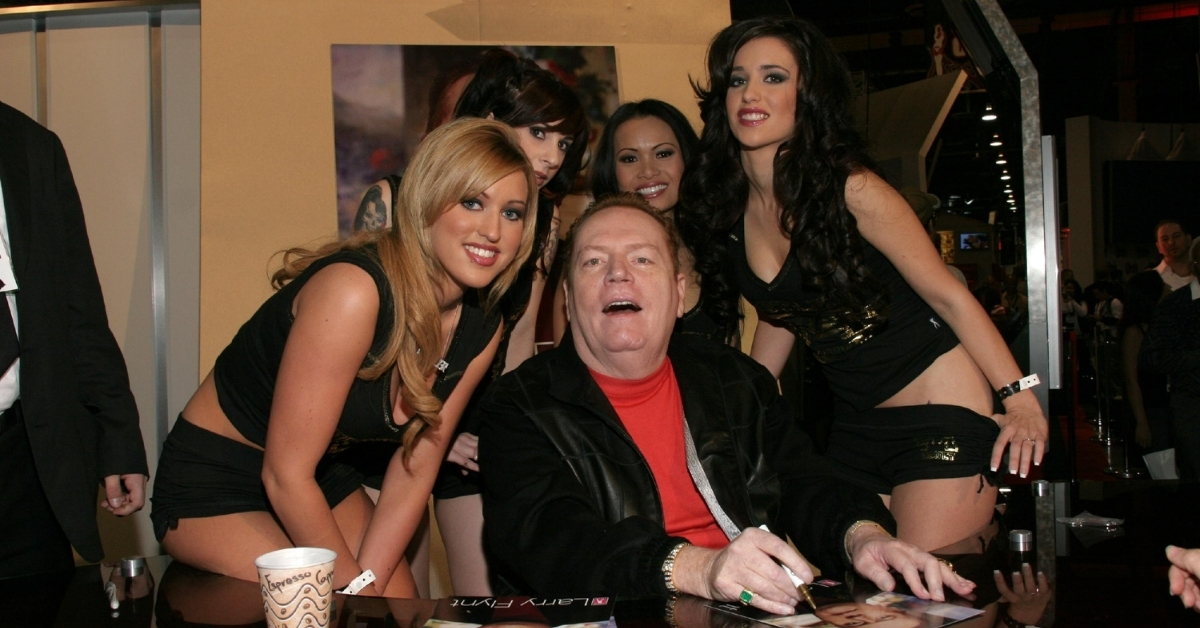Publishing giant and pioneer in Hip-Hop media Larry Flynt has died.
Few may even know his connection to the culture, only remembering him as the founder of the pornographic “Hustler” title, but he was the publisher behind Rap Pages, the premier West Coast Hip-Hop magazine of the 90s.
Rap Pages is known for launching the career of music critics Sheena Lester, Gabe “Flaco” Alvarez, Dorothy Stefanski, Bobbito, and Nikki Duncan-Smith.
Larry Flynt launched his publishing career when he dared to hop into adult entertainment, chopping off the rabbit foot of Playboy’s bunny.
In 1974, he put out “Hustler” to extraordinary success and profit.
So wildly popular was the book, clubs, and other facets of the empire, that he was hounded by lawsuits that prodded the risqué photos in the book and cheeky content he was able to produce, which made him incredibly wealthy.
One thing that added to his fortune was how shrewd of a businessman he was: he purchased flicks of former first lady Jackie Kennedy Onassis sunbathing and published the pictures in his book in August of 1975.
Flynt purchased the images of Jackie O for $18,000 and in a matter of days sold over 1 million copies.
In 1978, serial killer Joseph Paul Franklin attempted to assassinate Larry Flynt, leaving him paralyzed and confined to a wheelchair.
The former presidential candidate (he ran in 1984) at one point had over 90 magazines under his LFP Publications banner. The majority of them were not adult content.
Located on Wilshere and La Cienega, he pushed out magazines like Darkroom Photography (Camera & Darkroom Photography), PC Laptop Computers, Maternity Fashion & Beauty, TurboPlay, VideoGames & Computer Entertainment (the early 90s), Tips & Tricks, and Rip Magazine, a heavy metal/ rock trade magazine.
Rap Pages, the Hip-Hop title that rivaled any leading magazine out at the time, was launched in the early 1990s.
Known for its extraordinary artwork, it featured iconic images that fans know today, like the Goodie M.O.B. coming out of the swamp, DJ Premier spinning, Ken Swift breaking, the Pharcyde wrapped in tape like a straitjacket (later to be used as a cover for one of their compilations) and the famous image of Biggie in a crown with the red background, shot only weeks before he was murdered.
It would be one of the last (if not the last) magazine covers B.I.G. posed for.
